A while back I was talking about train load standards, which as you’ll recall is 798 per train (or 133 per carriage).
Similar desired load standards exist for trams, but they vary much more widely because the tram fleet is much more diverse in size.
These are found in volume 2 of the tram contract, schedule 6, page 40… and as already noted, they are not total capacity figures — exceeding these is meant to trigger action to manage patronage growth.
The above figures are all “CBD” figures — there’s a lower limit for “non-CBD” of 10 fewer passengers.
You can find the May 2012 load survey here — a number of routes do breach the load standards.
One obvious solution is for the government to buy more and bigger trams — which is happening: an order for 50 is underway, though it’ll take about 4-5 years for them all to rollout.
A less obvious solution is improved traffic priority, which means faster trips, which means they can run more services with the fleet and drivers they already have.
Plus of course where crowding exists outside peak periods, more services can be run with the current fleet, the only additional costs being extra drivers, maintenance and power.
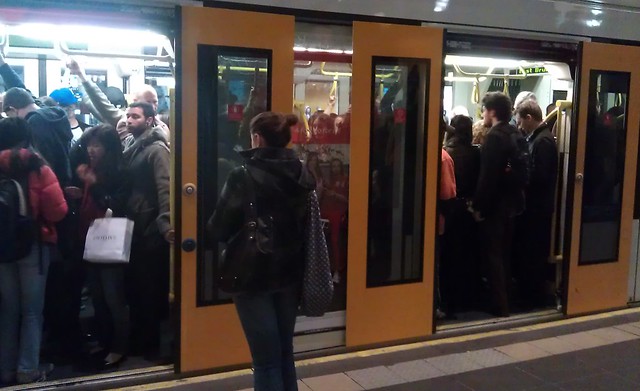
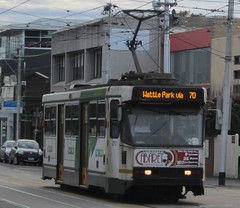
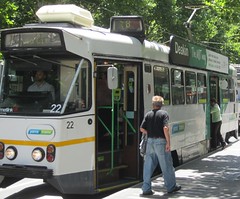
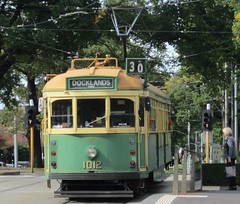
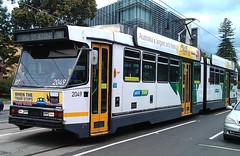
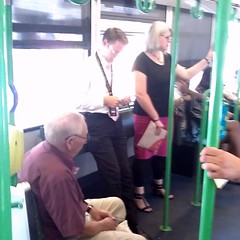
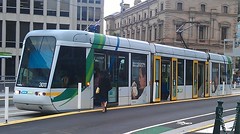
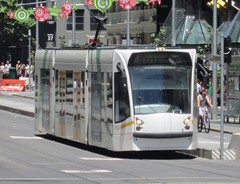
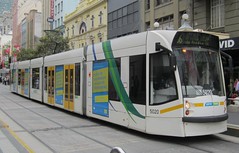
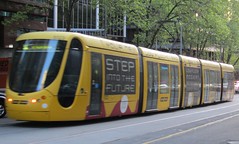
7 replies on “What are the load standards for the different types of trams?”
A couple of slightly related points: During the tennis, B Class trams which normally service Routes 70 & 75 out of Camberwell Depot are used for the Tennis Shuttles, and replaced with A class trams, which leads to big time overcrowding on those routes. But from my observations the tennis trams are never full, it would make much more sense to use the A class trams for the shuttles.
Why can’t they spread the Low Floor Siemens trams across routes? They almost exclusively service the routes on Swanston Street. Would seem to make much more sense to spread them across the network so every route gets at least a few low floor services each day. I guess the reason why is that certain depots maintain certain models?
@Nathan yes it is due to different depots having different models
1
It does seem a god idea to spread the low floor trams across the system. It would be more than a few services a day they could provide. Especially if they were preferred over high floor trams for non-peak services when they could provide a significant proportion of the trams on most routes (every second tram?).
It may be possible to show them on the timetable as well.
2
A little depot modification for there to be low floor trams on all routes is not to much to ask and will have to happen anyway.
Are all the Zs rated the same? I observe that with 2 fewer doors the Z1/Z2 class trams have more seats than the Z3 class.
I also find it surprising that a D1 class could carry 20 more people than a Z. The D1 class have such an awful layout with the wheels protruding into the cab that there’s plenty of wasted space. A D1 class has only 36 seats compared to a Z1/Z2 with 48.
Another interesting comparison: length of tram for stated capacity.
e.g
Z1/Z2 – Seats: 48, Length: 16m
Z3 – Seats: 42, Length: 16m
A1 – Seats: 42, Length: 15m
B2 – Seats: 76, Length: 23.6m
D1 – Seats: 36, Length: 20m
D2 – Seats: 58, Length: 29.8m
C – Seats: 40, Length: 22.9m
C2 – Seats: 56, Length: 32.5m
Now of course it’s important to note that the newer trams sacrifice passenger space to have low-floor profiles. This is a good thing, to have a low-floor profile. But the whole tram doesn’t need to be low profile – I’ve seen trams in Europe built in the 60s/70s that have just the centre of the cab low profile, so as to maximise space use (each end above the wheels is raised to maximise space use). Our C-class trams come the closest to resolving this trade off.
I should note: stats courtesy of Vicsig.
These “rolling hour average load” statistics are rather dubious from a passenger perspective. It assumes that both the trams and the passengers turning up to board, are evenly spaced.
If trams on some route are very erratic, and some of them are loaded to 150% of whatever the designated capacity is, and some are half full, then the average will look OK, when it actually isn’t.
Comment from eight year old son looking at train photo, that’s not crowded, there way more crowded in Japan. The standard there is about three people per square meter is 100% capacity, but there’s more. Train companies can and do go beyond this heading towards 200%, but then this gets frowned upon by the government/politicians. What is the Melbourne loading in people per square meter?